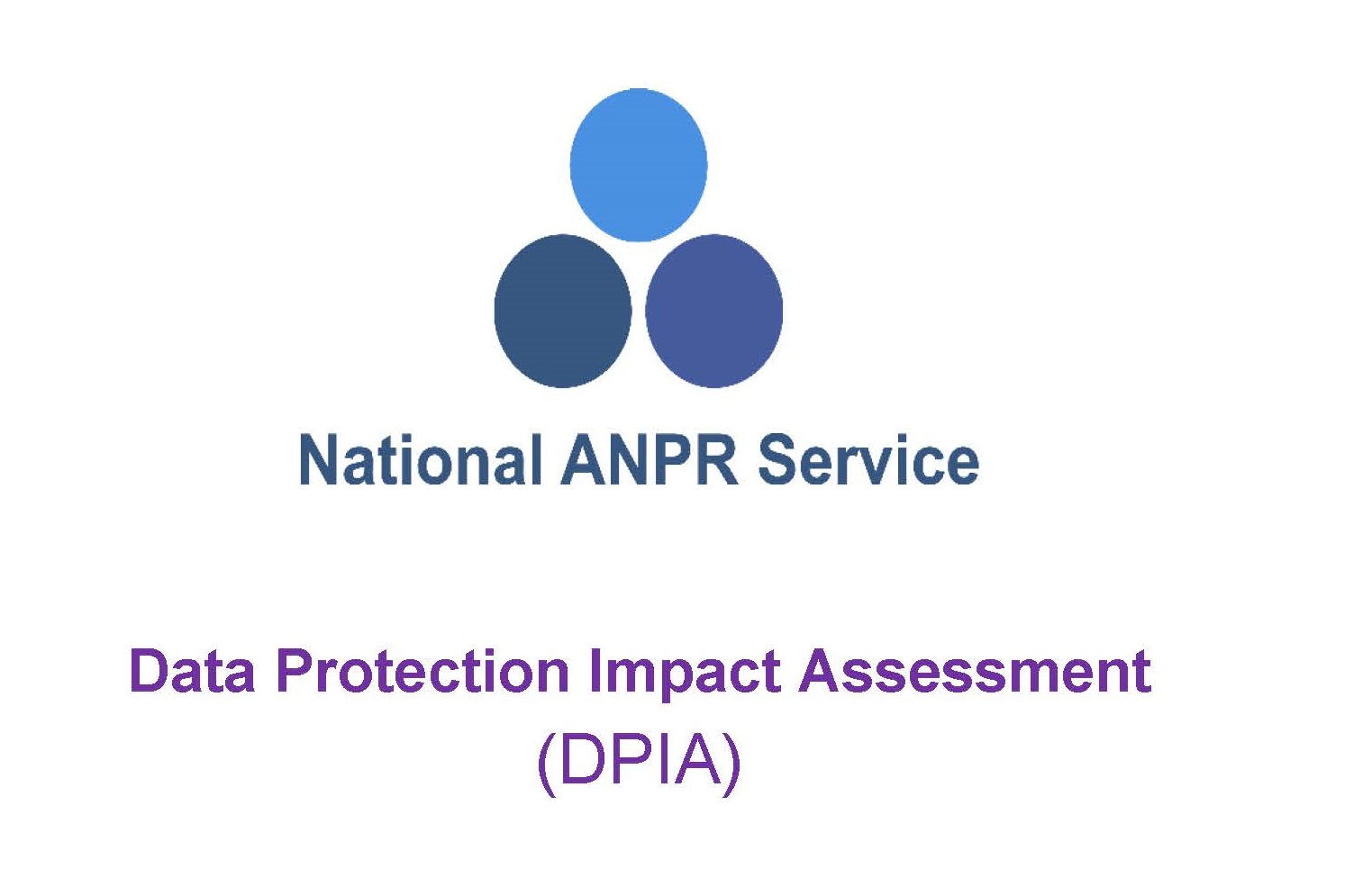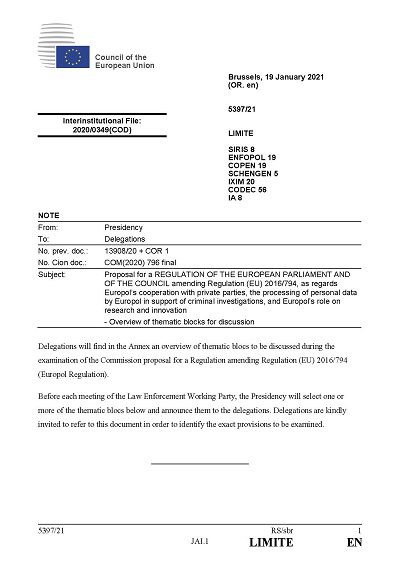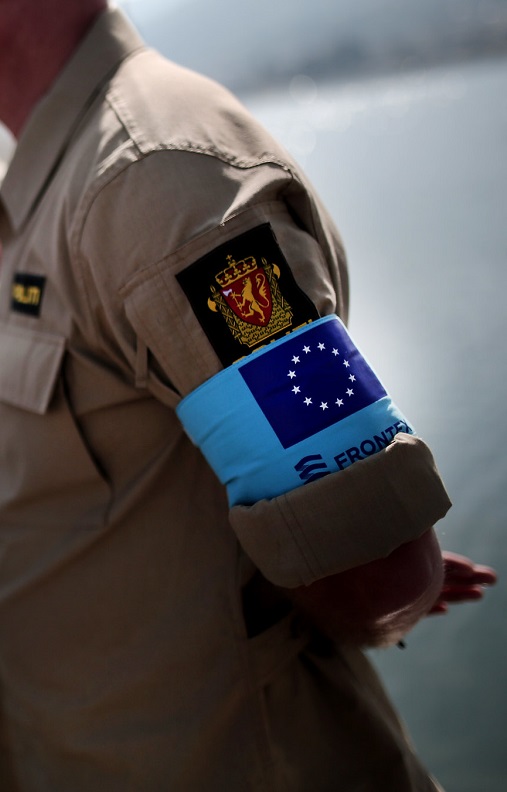UK: Home Office data protection review of "the largest vehicle surveillance system of its type in the world"
Topic
Country/Region
22 February 2021
The UK Home Office and National Police Chiefs Council have recently published a Data Protection Impact Assessment (DPIA) for the national Automated Numberplate Recognition (ANPR) system, which captures the location of some 60 million vehicle numberplates every day.
Support our work: become a Friend of Statewatch from as little as £1/€1 per month.

The DPIA notes (emphasis added):
"At present around 12700 ANPR cameras nationally, submit around 60 million ANPR ‘read’ records to national ANPR systems daily. ANPR data from each police force is stored together with similar data from other forces for a period of one year.
It is recognised that the NAS is possibly the largest vehicle surveillance system of its type in the world and that it is essential for the police and LEAs to ensure that the collection and use of data is and remains necessary and proportionate for law enforcement purposes.
It is evident that a number of aspects of NAS have the potential to result in high risk to the rights and freedoms of individuals including the large scale of data collection and volume of data stored that has the potential to support systematic monitoring and tracking of individuals.
A detailed assessment is within Step 4 of this document. The risks and mitigations are detailed within steps 5 and 6. All ‘high level risks’ are appropriately mitigated and therefore this DPIA is not required to be submitted to the Information Commissioner for prior consultation."
An annex to the report shows that the system is available to all police forces, Border Force, the National Crime Agency, the intelligence agencies (mentioned in passing on page 5, rather than in the annex), the Department for Work and Pensions, the Medicine and Health care products regulatory agency and a host of other state bodies.
The public will no doubt welcome the Home Office's attempts to ensure that "use of data is and remains necessary and proportionate for law enforcement purposes."
However, it is a shame that the public were not consulted on the system being introduced nor its gradual expansion.
As the organisation No CCTV pointed out in an October 2013 report, ANPR cameras "were first deployed in a secret experiment on the M1 in Hertfordshire in the 1980s," and then expanded by the police over subsequent decades.
As the report says: "no act of parliament or statutory instrument was introduced to enable its construction."
Some may prefer to see a more substantial review than one that solely looks at questions of data protection.
See: National ANPR Service (NAS) – Data Protection Impact Assessment (DPIA) (pdf)
Our work is only possible with your support.
Become a Friend of Statewatch from as little as £1/€1 per month.
Spotted an error? If you've spotted a problem with this page, just click once to let us know.

